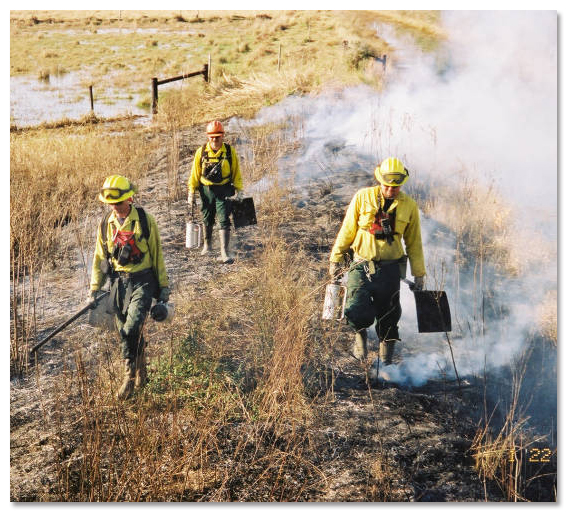
Habitat funding
GCJV staff work with partners to identify sources of funding for projects that contribute to GCJV habitat objectives. Some of these funding sources are listed below. GCJV Initiative Teams are useful forums to identify partnership and funding opportunites.
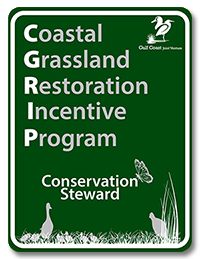
C-GRIP provides financial incentives to private landowners for conducting habitat treatments that address the greatest limiting factors for suitability of grassland bird habitat on their property.
The Grassland Restoration Incentive Program was first implemented in 2013 by the Oaks and Prairies Joint Venture in the Edwards Plateau and the Oaks and Prairies Bird Conservation Regions (BCRs) of Texas and Oklahoma. In 2017, the GRIP was expanded to the Tamaulipan Brushlands BCR by the Rio Grande Joint Venture. Now, in 2018 the GCJV is implementing C-GRIP in the central section of coastal Texas. C-GRIP provides financial incentives to private landowners for conducting habitat treatments that address the greatest limiting factor(s) to provide suitable grassland bird habitat on their property. Modeled after the Natural Resources Conservation Service (NRCS) Environmental Quality Incentive Program and other similar programs, C-GRIP is a voluntary program that reimburses private landowners a set payment rate for identified practices that generally fall into the categories of brush management, prescribed burning, native grass reseeding, and prescribed grazing.
Contact: Steve DeMaso, GCJV Monitoring and C-GRIP Coordinator (steve_demaso@fws.gov)
337-266-8814

The Coastal Impact Assistance Program helps oil producing states mitigate impacts from Outer Continental Shelf oil and gas production. CIAP funds can be used to conserve, restore, or protect coastal areas, including wetlands; mitigate damage to fish and wildlife habitat and natural resources; conduct planning; implement approved marine, coastal, or comprehensive management plans; and mitigate oil and gas production by funding infrastructure projects and public service needs. The following links provide further information regarding the implementation of CIAP in each of the GCJV states.
Alabama
Mississippi
Louisiana
Texas
Click here for more details...
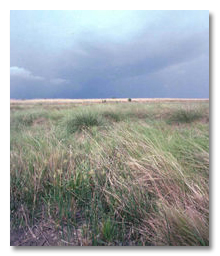
The Coastal Prairie Conservation Initiative is a cooperative effort undertaken by several agencies, organizations, and private landowners to conserve, restore, and enhance prairie in 19 counties along the Texas coast.
Projects are initially identified and nominated through public meetings at local and regional levels.
Click here for more details...
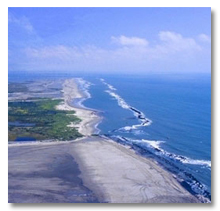
Under the National Coastal Wetlands Conservation Grant Program, the U.S. Fish and Wildlife Service provides matching grants to States for acquisition, restoration, management or enhancement of coastal wetlands. Funding for the program comes from excise taxes on fishing equipment and motorboat and small engine fuels.
Click here for more details...
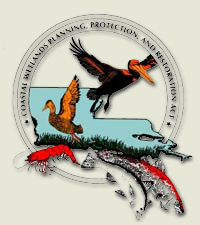
The Coastal Wetlands Planning, Protection and Restoration Act established several funding mechanisms for the acquisition, restoration, management or enhancement of coastal Louisiana wetlands. The Army Corps of Engineers administers CWPPRA funds and projects.
Projects are initially identified and nominated through public meetings at local and regional levels.
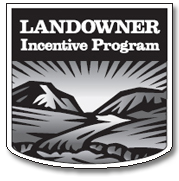
The Landowner Incentive Program offers private landowners assistance in protecting and restoring habitats on private lands. The goal of this program is to provide financial and technical assistance to landowners to help conserve rare plant and animal species. The links below give further information on the Landowner Incentive Program for each state within the GCJV.
Click here for more details...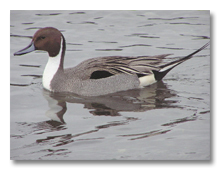
The Louisiana Waterfowl Project is a conservation partnership between Ducks Unlimited, Louisiana Department of Wildlife and Fisheries, U.S. Fish and Wildlife Service, and the Natural Resources Conservation Service designed to provide critical migration and wintering habitat for waterfowl and other wetland-dependant wildlife in southern Louisiana. Projects may include management of croplands, moist soil areas, forested wetlands, and other created or natural wetlands.
Click here for more details...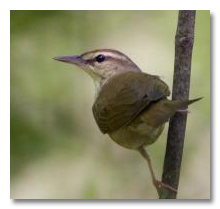
The Neotropical Migratory Bird Conservation Act grant program supports public-private partnerships in the United States, Canada, Latin America, and the Caribbean that promote long-term conservation of Neotropical migratory birds and their habitats.
Applicants submit project proposals to the USFWS Division of Bird Habitat Conservation during the one funding cycle per year, with proposal deadlines typically in the fall.

The National Oceanic and Atmospheric Administration's Community-based Restoration Prorgam is designed to sustain local efforts to conduct restoration of marine, estuarine, and riparian habitats. The program emphasizes collaborative strategies built around improving coastal and marine resources and the communities they sustain.
Click here for more details...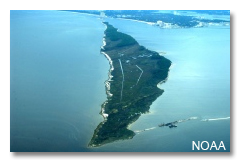
The Coastal and Estuarine Land Conservation Program was established in 2002 to protect coastal and estuarine lands considered important for their ecological, conservation, recreational, historical or aesthetic values. The program provides state and local governments with matching funds to purchase significant coastal and estuarine lands, or conservation easements on such lands, from willing sellers.
Click here for more details...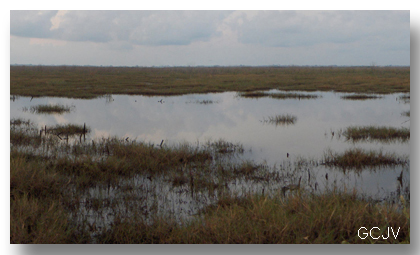
The North American Wetlands Conservation Act of 1989 was passed, in part, to support the North American Waterfowl Management Plan (NAWMP). NAWCA provides matching grants to partnering organizations and individuals for the conservation of wetlands in the United States, Canada, and Mexico for the benefit of wetlands-associated birds and other wildlife. NAWCA is particularly well-suited to fund wetland priorities of bird habitat joint ventures. Funds may only be used for wetlands acquisition, creation, enhancement and/or restoration and a 50/50 non-federal match is required.
NAWCA Standard Grants
The NAWCA Standard Grants Program is a matching grants program that supports public-private projects in Canada, United States, and Mexico. These competitive projects must involve long-term protection, restoration, and/or enhancement of wetlands and associate uplands habitats. Standard Grant awards range from $75,001 to $1,000,000. Grants are awarded semi-annually, and deadlines are typically early spring and summer.
NAWCA Small Grants
The NAWCA Small Grants Program is similar to the Standard Grant Program in that grants are awarded to individuals and/or organizations that partner to carry out projects involving long-term protection, restoration, and/or enhancement of wetlands and their associated uplands habitats. The maximum award amount for small grants is $75,000, and they only apply to projects in the United States. Funding priority is given to grantees or partners new to NAWCA's grants programs. Grants are awarded annually, and the deadline is typically in the fall.
Submitting a NAWCA Standard Grant? Click Here!
If interested in applying for either a NAWCA Standard or Small Grant within the GCJV region, please contact GCJV Coordinator Barry Wilson, (337) 262-7015, to coordinate your application.
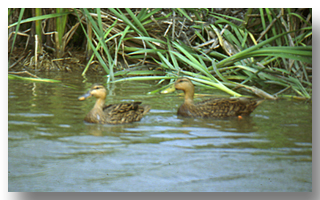
The Texas Prairie Wetlands Project is a collaborative effort between Ducks Unlimited, Texas Parks and Wildlife Department, U.S. Fish and Wildlife Service, and the Natural Resources Conservation Service, established to help deliver GCJV habitat objectives in a 28 county focus area in coastal Texas. The TPWP works with private landowners to restore, enhance, and create shallow-water wetlands through cost-share assistance for leveee construction and installation of water control structures. Biological and engineering technical assistance is provided at no cost.
Click here for more details...
The Natural Resources Conservation Service's Conservation Innovation Grants provides funding for projects intended to stimulate development and adoption of innovative conservation techniques and technologies while leveraging Federal dollars in environmental enhancement and protection, related to agricultural production. Program funds and are used to award grants to non-Federal governmental or non-governmental organizations, Tribes, or individuals.
Click here for more details...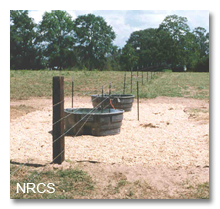
The Environmental Quality Incentives Program is a voluntary conservation program for farmers and ranchers that promotes agricultural production and environmental quality as compatible national goals. EQIP offers financial and technical help to assist eligible participants install or implement structural and management practices on eligible agricultural land.
Click here for more details...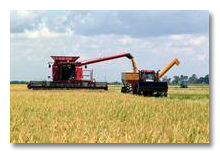
The Natural Resources Conservation Service's Farm and Ranch Lands Protection Program provides matching dollars to help purchase development rights to ensure productive farm and ranchland continues to be used for agricultural uses.
Click here for more details...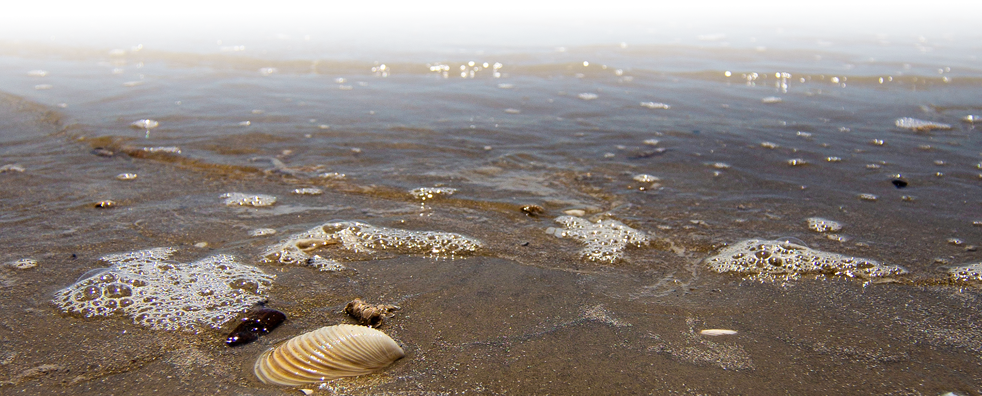
 700 Cajundome Blvd.
700 Cajundome Blvd.Lafayette, LA 70506
Phone: 337-262-7001 Fax: 337-262-7000
Copyright 2020 Gulf Coast Joint Venture - Webmaster
